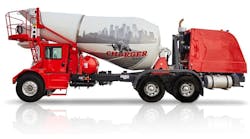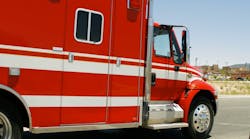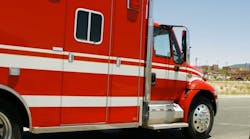June has been designated National Safety Month by the National Safety Council, so it’s an appropriate time to take a few extra moments to think about safety.
It’s also obvious that not everyone thinks about safety enough: According to the Bureau of Labor Statistics, 5,190 people—more than 14 a day—died while doing their jobs in 2016.
Workers do not purposely disregard safety rules and warnings, but it's easy to get distracted or become complacent, even with training. Technology aids are great, and product engineers work hard to design out hazards, but safety awareness remains the greatest protection against accidents.
Making safety a habit, every day, requires self discipline. Know the hazards involved. Be disciplined about using the equipment correctly, and understanding and following all safety requirements, all the time.
Following good safety practices protects not only equipment operators, but also everyone who works in their proximity, so they all can go home safely after their job is done.
While operator safety is paramount, a safe job site is also a more efficient and productive one: less downtime from accidents and fewer repair costs from improper machine usage and maintenance.
The following five safety guidelines may seem basic, but they help ensure safe operating practices every day, says the Association of Equipment Manufacturers (AEM), which offers an array of safety and training materials here.
1. Follow your company's safety program.
Never operate machinery under the influence of drugs or alcohol. Be aware and alert to any potential hazards in your specific working condition. Participate in all required training.
2. Know important safety alerts and signal words posted in your work area or on the equipment you operate.
The following words have significant differences in their meaning for safety: Danger. Warning. Caution. Notice. If you’re not sure of what a certain safety alert or signal means, ask a supervisor or safety professional.
3. Protect yourself.
Wear all necessary personal protective equipment (PPE). Hard hats, gloves, safety glasses, and boots may be required in order to operate machinery safely.
4. Know the rules.
Most employers have rules governing equipment use and maintenance. Before you start work, check with your supervisor or safety coordinator and be sure about the rules you'll be expected to obey.
5. Know the equipment.
Make sure you understand the capabilities and hazards of the equipment you'll be operating. Read the owner's manuals, safety literature and any other resources made available to you.





